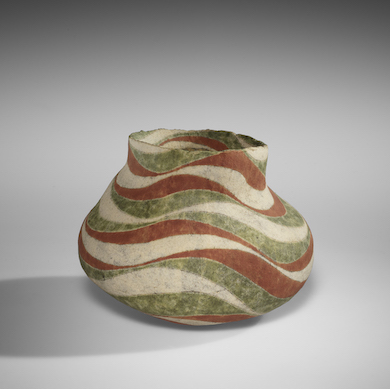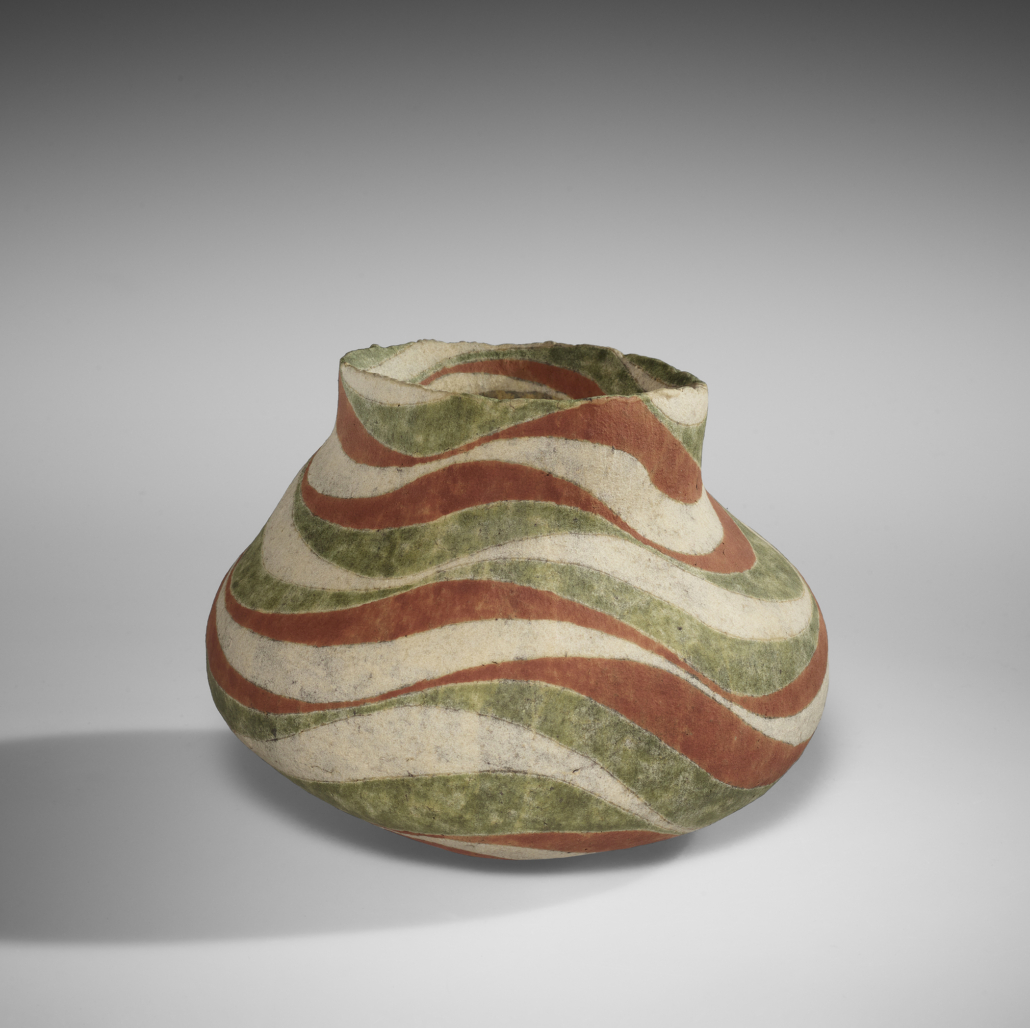
MINNEAPOLIS, Minn. — The Minneapolis Institute of Art is now hosting an exhibition of works by the Japanese ceramist Kamoda Shoji, who, despite his fame in Japan for significant contributions to contemporary ceramics, has not received the attention he deserves outside of his native country, in part because of his untimely death at the age of 49 in 1983.
The exhibition, Kamoda’s first museum retrospective outside of Japan, celebrates the artist’s meticulous craftsmanship and the beauty of his vessels while examining how his experimentation with material, form, and texture led to a transformation in modern Japanese ceramics.
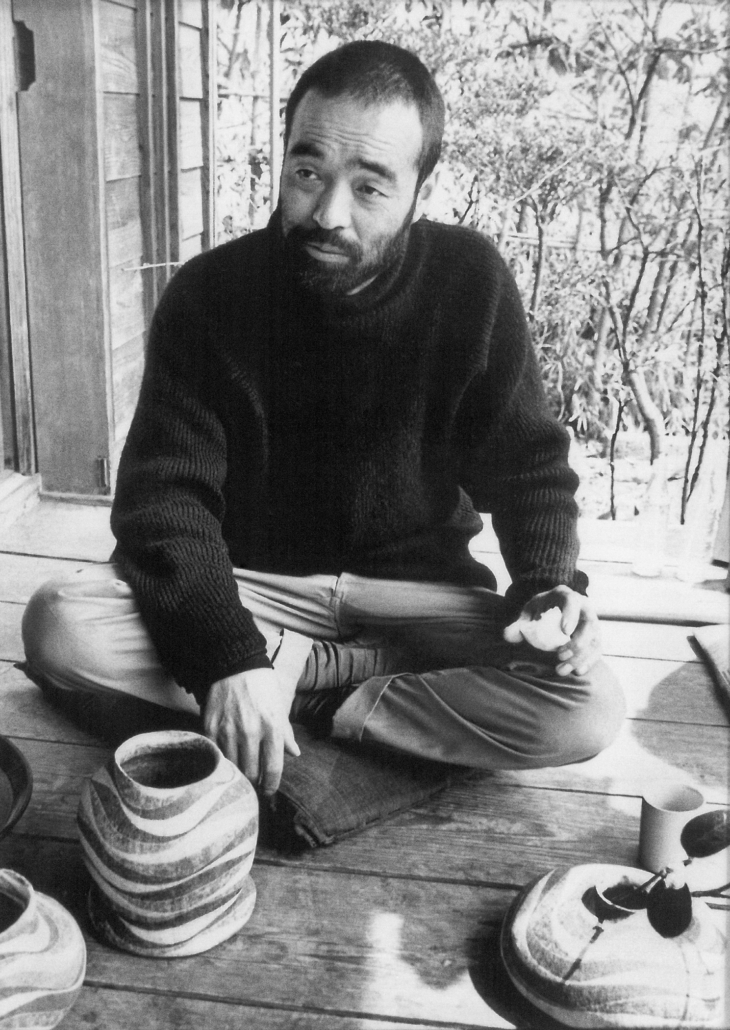
Featuring 49 works from across his oeuvre, Kamoda Shoji: The Art of Change demonstrates the potter’s tireless innovation and experimentation with technique and form throughout his career. The exhibition, curated by Matthew Welch, Mia’s deputy director and chief curator, will be on view in the Cargill Gallery from December 11 through April 17, 2022.
Kamoda Shoji (1933-1983) is one of Japan’s most lauded ceramists, despite a brief career that only lasted around 20 years. Kamoda Shoji: The Art of Change will begin with examples of the artist’s early works, produced after he graduated from the Kyoto City University of Arts in 1956.
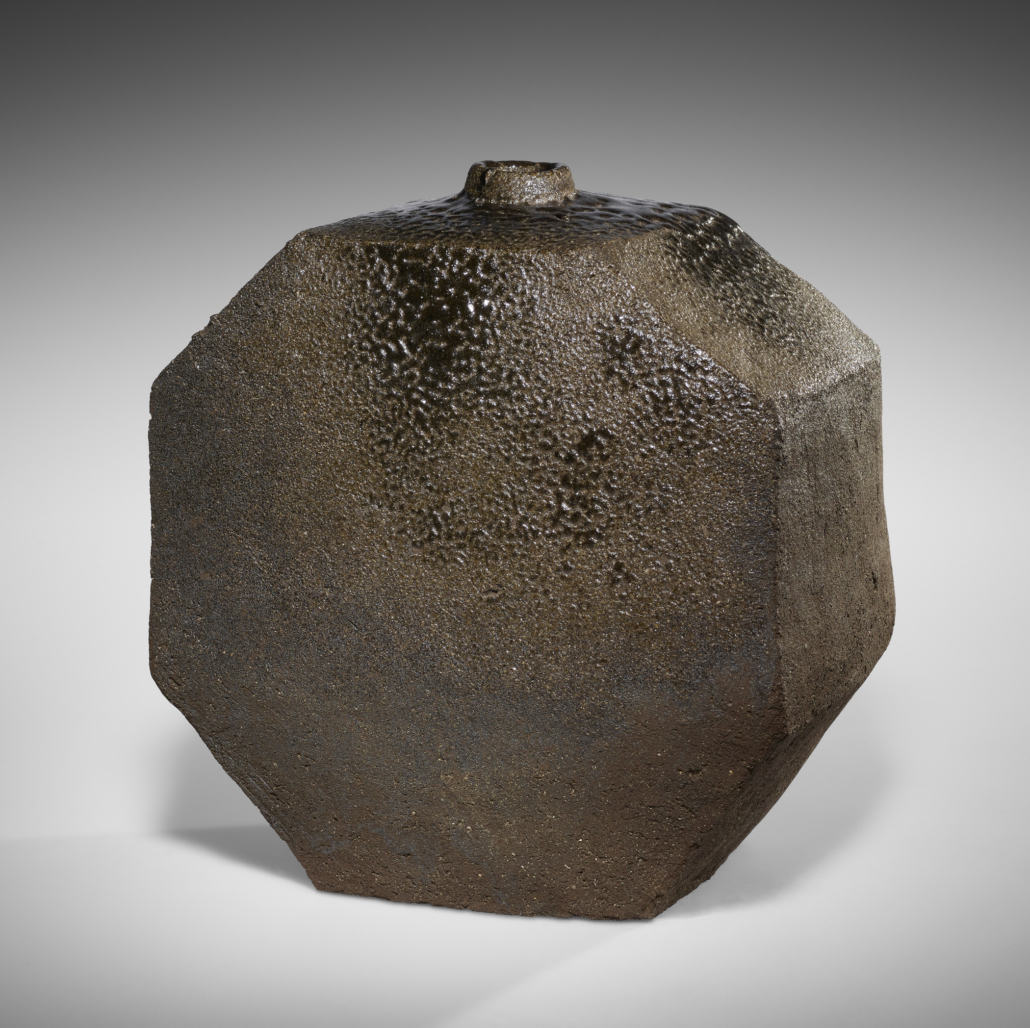
While Kamoda established his first studio in Mashiko, a town with a rich history of producing pottery, he was immediately eager to challenge tradition through innovation and draw inspiration from ancient techniques rather than the prevailing taste for folk ceramics. The early works on view demonstrate Kamoda’s fascination with ash glazes as well as the natural quality of the unglazed clay.
The exhibition will also include several works from Kamoda’s signature “wave” pattern from the early 1970s. Among his most prized and sought after works, some of these are engraved, while others sport inlaid colored slip glazes.

Kamoda continued to explore wave patterns and ripple effects even as he began trying out new forms and techniques. In the second half of his career, he became especially interested colored enamels, which he sometimes contrasted with the roughness of the clay from Tono, some 250 miles north of Tokyo, where he established a studio in 1969. In tandem with this, Kamoda began experimenting almost exclusively with hand-built forms, abandoning the wheel in favor of coil techniques which he believed strengthened the relationship between the potter and his material.
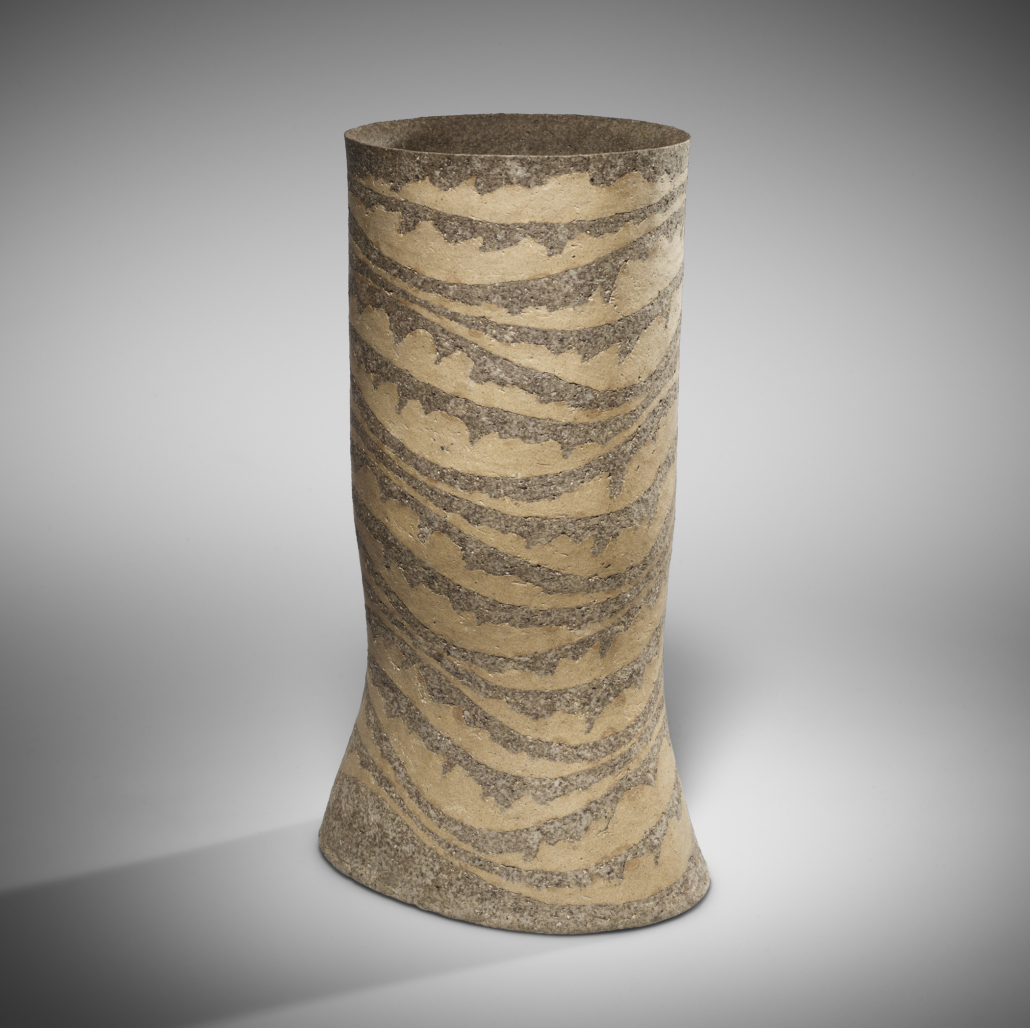
Both the exhibition and accompanying catalog will explore how Kamoda’s work contributed to a redefinition of decorative arts in Japan and ushered in a new era in particular for ceramics, as artists — following Kamoda’s example — shook off the yoke of tradition and experimented with innovative approaches to clay, form, and surface decoration.
See the website of the Minneapolis Institute of Art and visit its dedicated page for Kamoda Shoji: The Art of Change.


